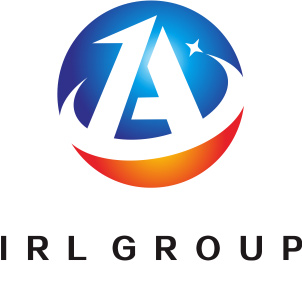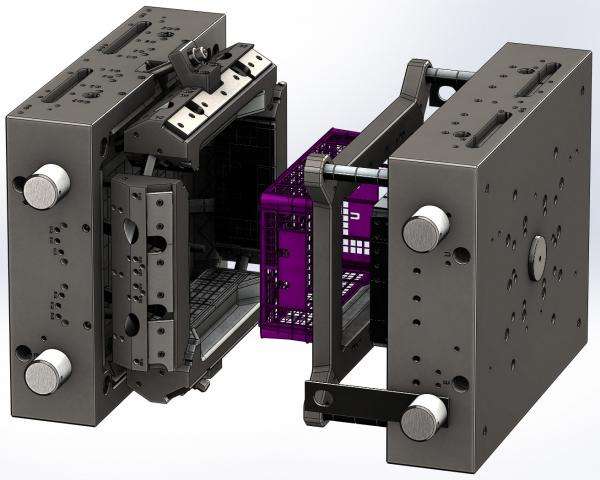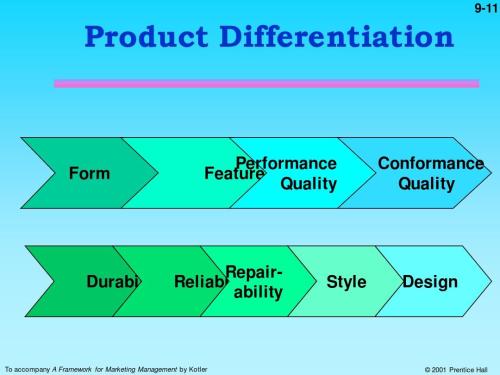How to Stay Competitive in Mold Market

Polishing Pointers-Saving Time On Ribs
May 19, 2017
mold design process
May 19, 2017How to Stay Competitive in Mold Market

At a recent Society of the Plastics Industry (SPI) meeting held in California, three experienced industry experts led a seminar called Moldmaking on a Global Scale to an audience of more than 80 moldmakers. Each brought with them a wealth of knowledge from real-world experience, and shared their expertise on how to position your company and compete with foreign competition through buying and selling molds overseas. A comparison of Asian technology and training to U.S. capabilities also was discussed. Following are the highlights of the presentation.
Purchasing Work From Overseas
According to Larry Courter, the most important thing to remember is not to look at China and other foreign countries as a threat. Instead, they should be viewed as resources that can help you satisfy your customers’ needs by building certain types of molds. It’s a way to enhance your business, not take away your business.
Courter explains that the first thing you need to possess to purchase molds from overseas is an understanding of the companies with which you wish to work. “You must be sure that you are very specific with the information that is given to them in concise quotation form – accurate data and complete prints or CAD data with notes and QC specifications,” he states. “All of these issues are critical when dealing offshore because communication is not only a matter of distance; it also is a matter of a language barrier.”
So, from a standpoint of CAD data, prints and quality plans, the request for quotation has to be very specific while spelling out all of the components and the construction method to which you expect to have the tool built. Once that is fully understood, they can develop an actual quotation.
“I’ve spent more than 10 years dealing with China and I believe that companies there are – in most cases – very trustworthy,” Courter comments. “The owners pride themselves on their reputation and work. Remember, though, that there are different classifications and levels of competency, so if you go to China and do a complete survey of a company, check out what their customers have to say. You can’t just drive around and look for moldmakers to do business with. You also must respect the culture and understand that you need to spend time developing a relationship with the company that you choose.”
Another word of advice is not to make a decision just based on price, Courter cautions. “Too many companies go to China with the thought that they are going to lose their current customers if they don’t get a cheap mold,” he says, “so they look for the cheapest mold, instead of high value on what they are purchasing.
“There are certain kinds of molds that you should not get built in China – typically the higher cavitation molds,” he continues. “China does a tremendous job with one-, two- or four-cavity molds. It just doesn’t have the technology yet for high cavitation with high precision and they will be the first to admit it.”
Asia vs. the U.S. – Training and Capabilities
“Education- and training-wise, Hong Kong has a great facility and Singapore has a simply amazing facility where they train 3,000 toolmakers a year,” says Glen Shrigley, general manager for the plastic injection tooling division of Trend Technologies (San Jose, CA) – a tooling provider which specializes in computer enclosure parts as well as automotive and consumer products. “The way it’s outfitted and funded just blows away anything that we have here in the U.S.”
Shrigley believes that Asia has really developed its next generation of moldmakers, while here in the U.S. – at least on the west coast – there isn’t much going into apprenticeship programs, which is the main reason he joined SPI.
“I wanted to try and help do something about it,” he says. “We train our own apprentices here and in the last six years we’ve had five people graduate from a four-year apprenticeship program – not very comparable to 3,000 a year!”
The focus that the Asians have regarding this topic is pretty amazing, according to Shrigley. In Hong Kong, they established the Hong Kong Mould and Die Council, where business owners meet as an industry group and set standards, rather than do things on an individual basis. “I was very impressed with their focus on manufacturing, compared to the U.S. where fewer people are getting into the trade,” he states. “When I talk to young people about apprenticeships, I hear that they don’t want to build molds or get into machining – it’s not glamorous enough. We need to start recruiting at an earlier age like they do in Asia.”
Asian facilities also receive industry support from different vendors supplying machines, equipment and software for free. According to Shrigley, a major software manufacturer donated 75 seats of its software to the institute. They knew that if they trained students on their software, it would become the predominant software in the industry and businesses would buy it, he notes.
“Asia has the exact same equipment and capabilities that we do, but they are more focused on their work,” Shrigley comments. “They get us with the pricing because their wages are lower, so we have to improve our delivery times. We can compete by doing a high quality tool faster than anybody else does. And while we use the latest technology, U.S. moldmakers usually don’t share this technology with other shops. They figure that this is their competitive edge, but in reality this makes our industry weaker as a whole because there’s not enough people learning it. In Asia, when new technology is developed, they share it.
“I’m not worried about foreign technology today, I’m worried about their technology during the next five years because they’re training their next generation of toolmakers much better than we are here,” he adds. “Unless we start doing something here and the various associations and shop owners get together and start developing our future toolmakers, this industry will be in trouble.”
Marketing and Selling Overseas
Jim Meinert, director of international marketing for Snider Mold (Mequon, WI) – which builds large compression, injection, RIM and structural foam molds – has been selling molds overseas for about 30 years and it comprises about 30 percent of his business. “Speaking from my own experience, we made sure that we differentiated ourselves by size, type of work, location and time compression,” he explains. “You have to be relentless. I recommend going vertical – product design, prototyping, etc. – to get more work and provide a full service, not just mold building. If you do something really well and something different, you can compete against imports and exports better. Find your niche and market it aggressively.”
Luckily, Meinert says the plastics industry is still in a growth pattern. For example, some data from SPI shows that plastics has grown at a very nice compound rate of about four or five percent throughout the past quarter of a century, while all other manufacturing has grown at only one or two percent because so much of it has moved offshore. “You just need to carve out your niche in this growth industry and realize that it’s all about change,” he notes.
“There’s a book that’s been at the top of the best selling books lists – Who Moved My Cheese? – that talks about change,” Meinert says. “It’s really important for this industry to quit doing things as it normally does and do something different. If you keep things the same, you are not going to get anywhere.
“You also need to follow your customers,” he continues. “For example, General Motors opened up a new plant in Brazil, and it had approximately 18 suppliers move right next to them for support. It’s hard for a small moldmaker – the average moldmaking company is 20 to 25 people – to do that by itself, but I think moldmakers need to partner up to make this happen. It’s just starting to happen in Mexico.”
Meinert also stresses the importance of building valuable relationships with overseas companies. He has a relationship with a gentleman who is the head of a plastics research institute in China and he tells Meinert what’s going on, what kind of plastics they are using, what processes they are using, etc. This information has been vital to Snider Mold’s success.
In conclusion, he offers the following advice. “The key is early involvement with product design,” he states. “We’ve been going 24/7 for quite awhile at Snider Mold just to keep things moving quickly. We’ve built molds in as few as 10 days when we’ve had to. Embrace change, deal with change. You just have to be at the top of your game now. Years ago there was a little room for latitude, but today that is not the case.”




